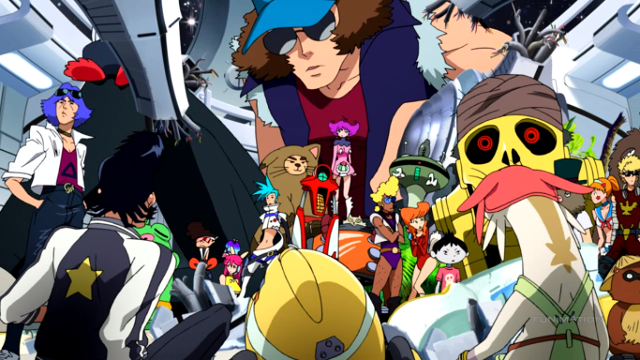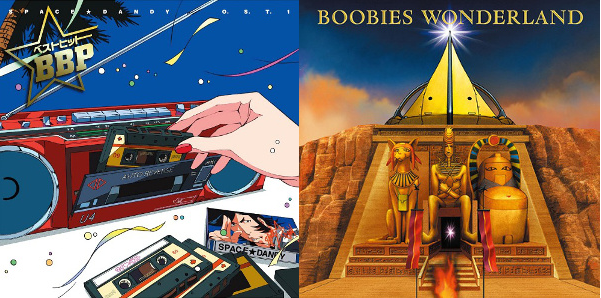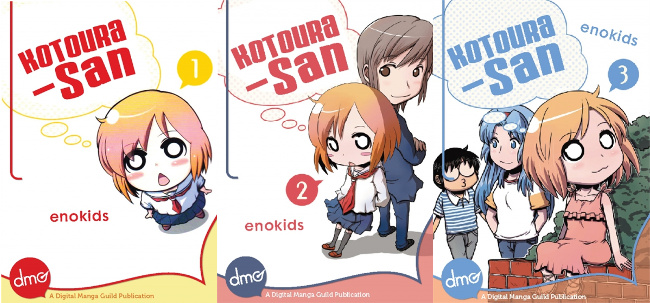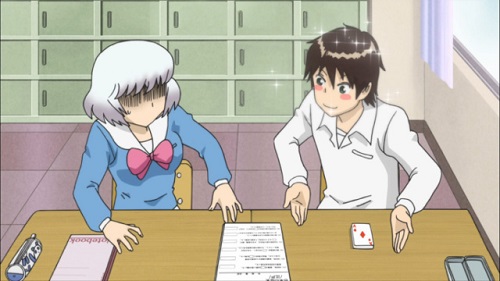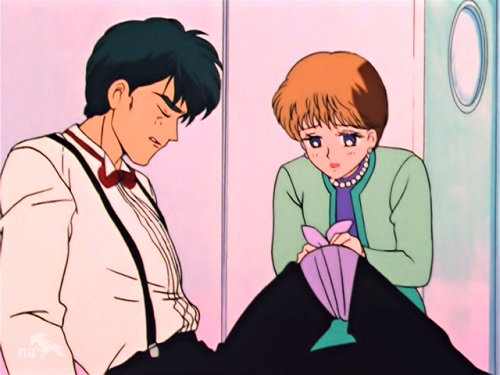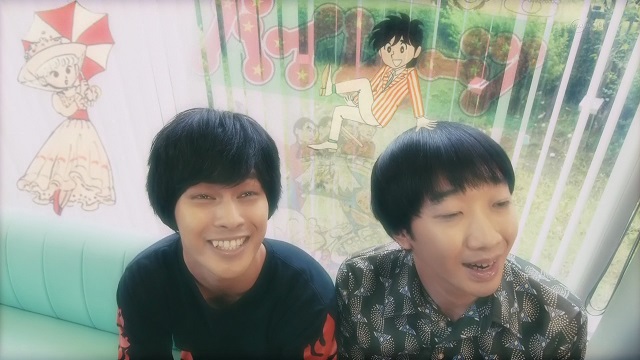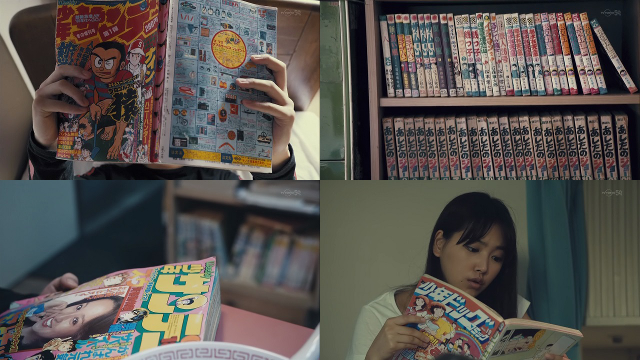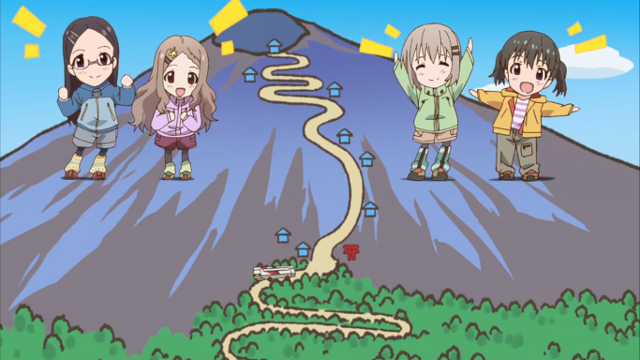
Encouragement of Climb was probably my favorite short-episode anime series of 2013 so I was excited to see its second season with longer episodes and double the amount as well (24 fifteen-minute episodes compared to 12 four-minute ones in the first season). Unfortunately, there was a licensing issue that complicated Crunchyroll’s simulcasting of the show following episode 1 but that got cleared up in late October with the previously unreleased episodes being added all at once and new episodes were released on a regular schedule once again.
One main arc that played out in the first half of the season involved the four main girls attempting to climb Mt. Fuji, the tallest mountain in Japan.

